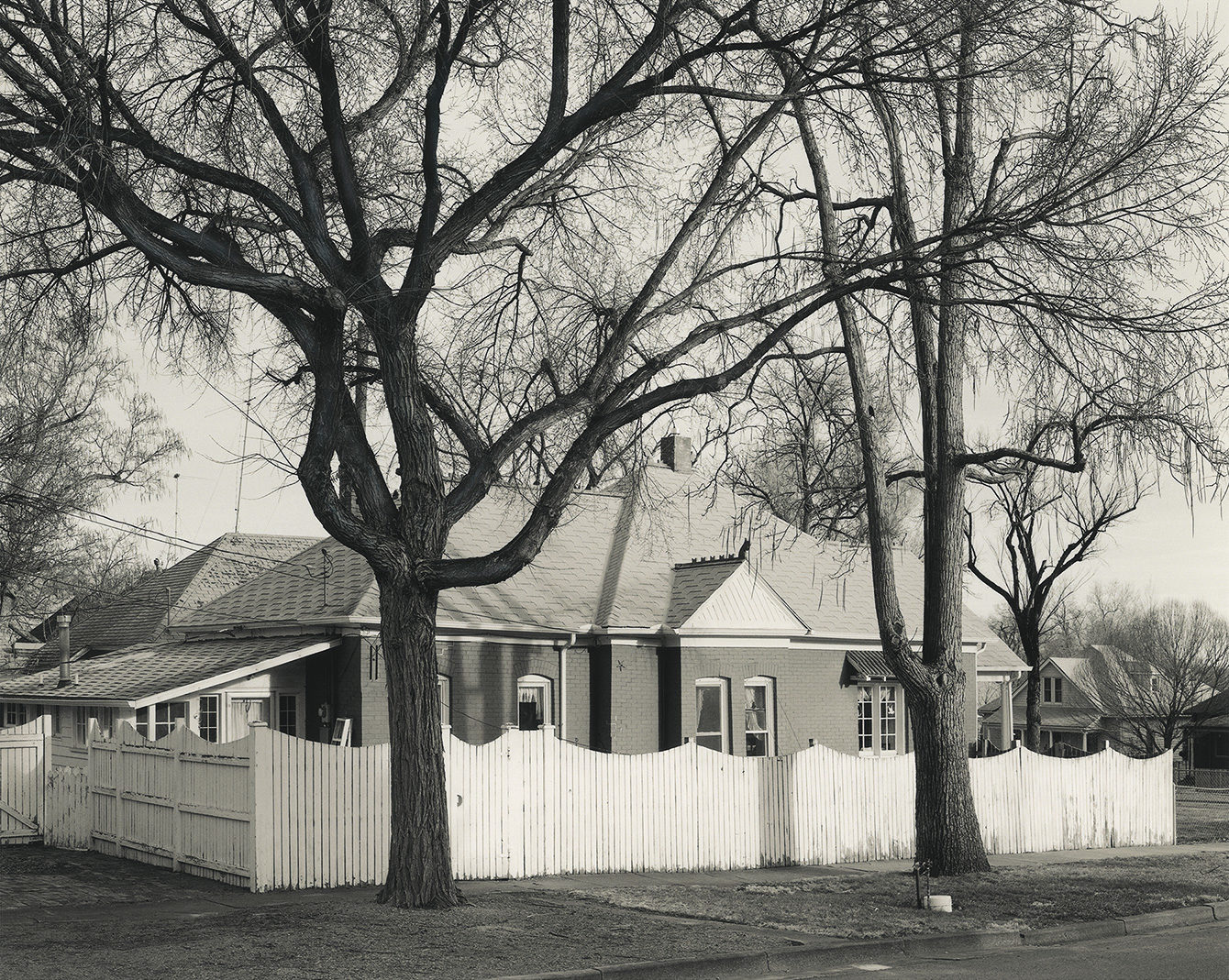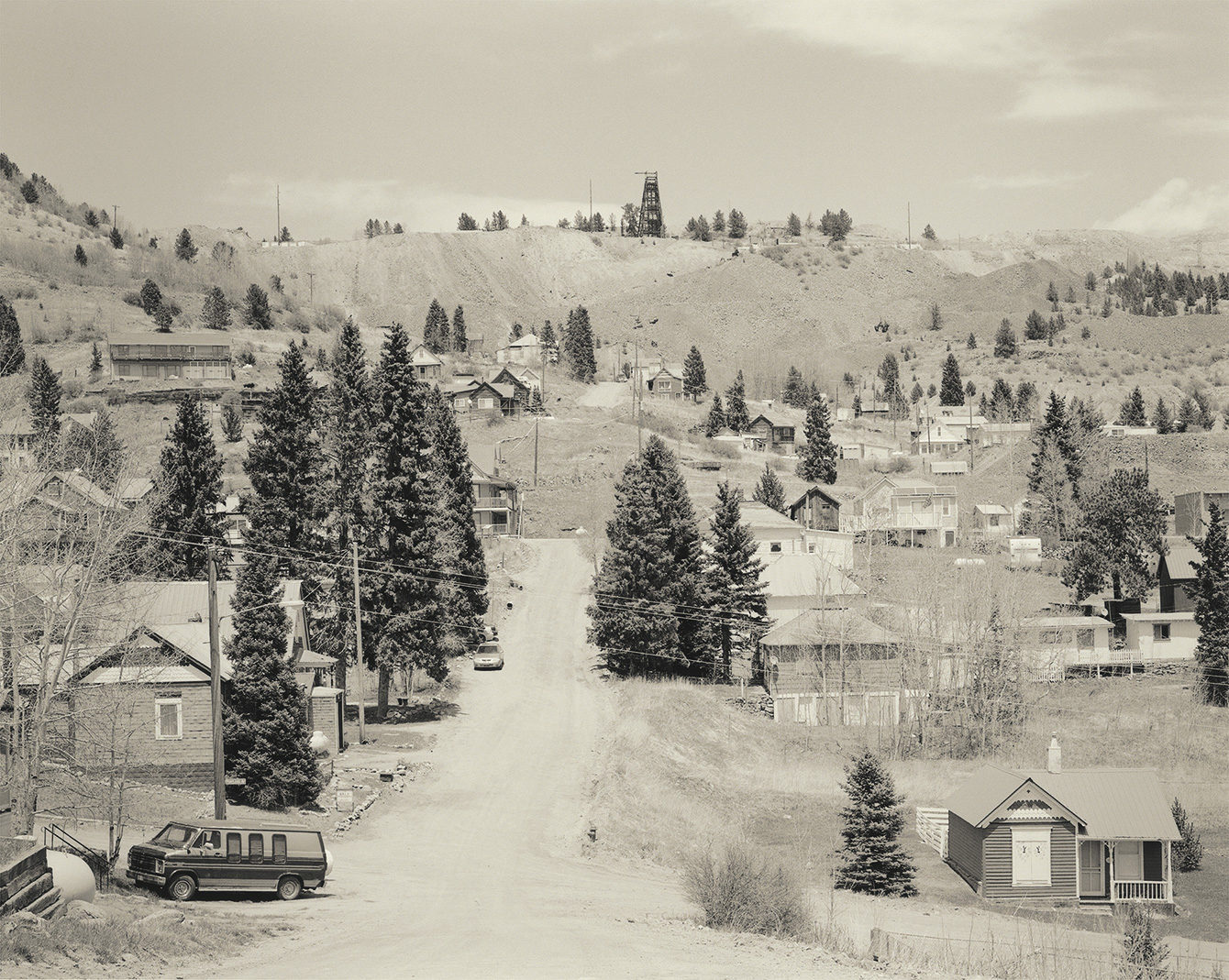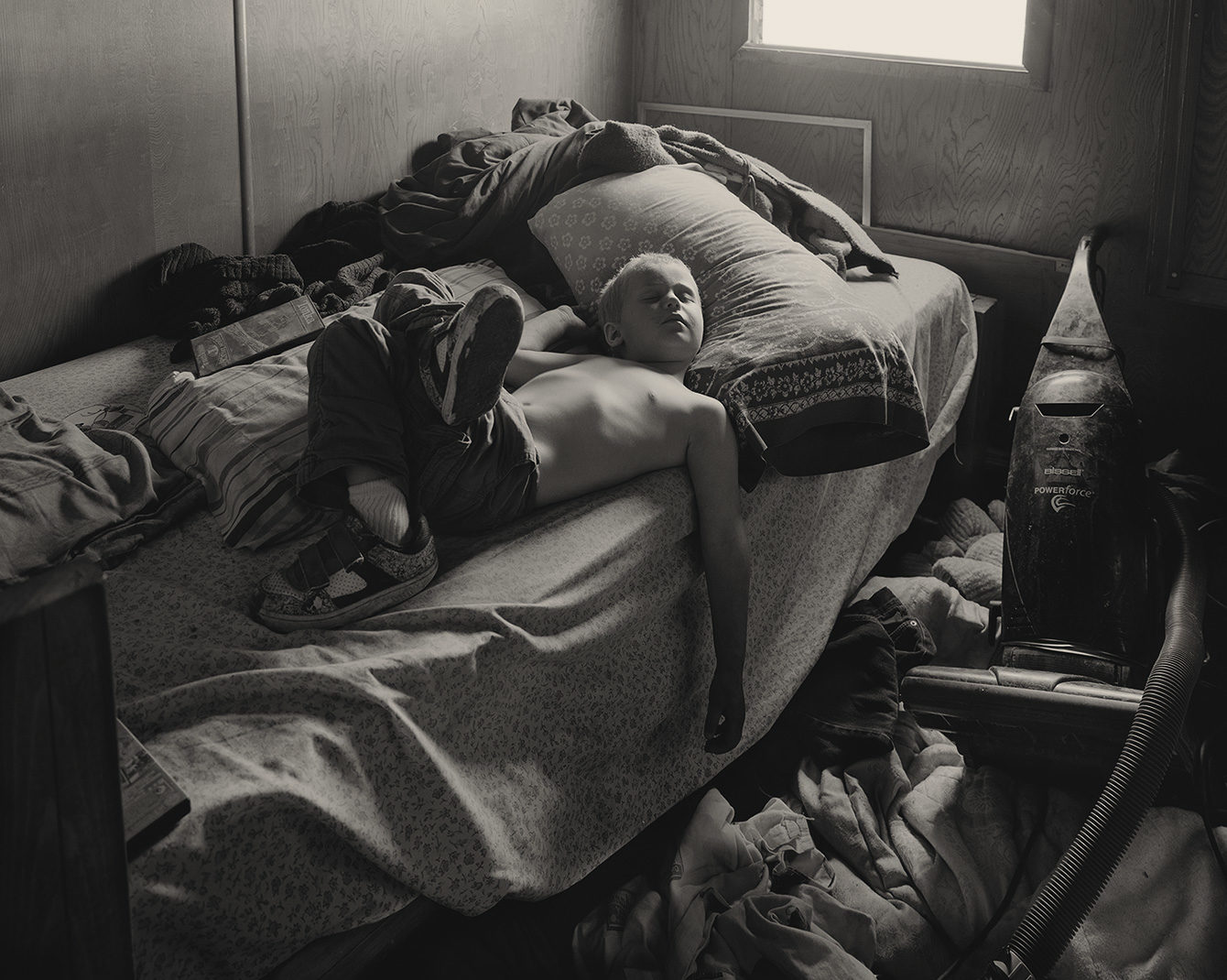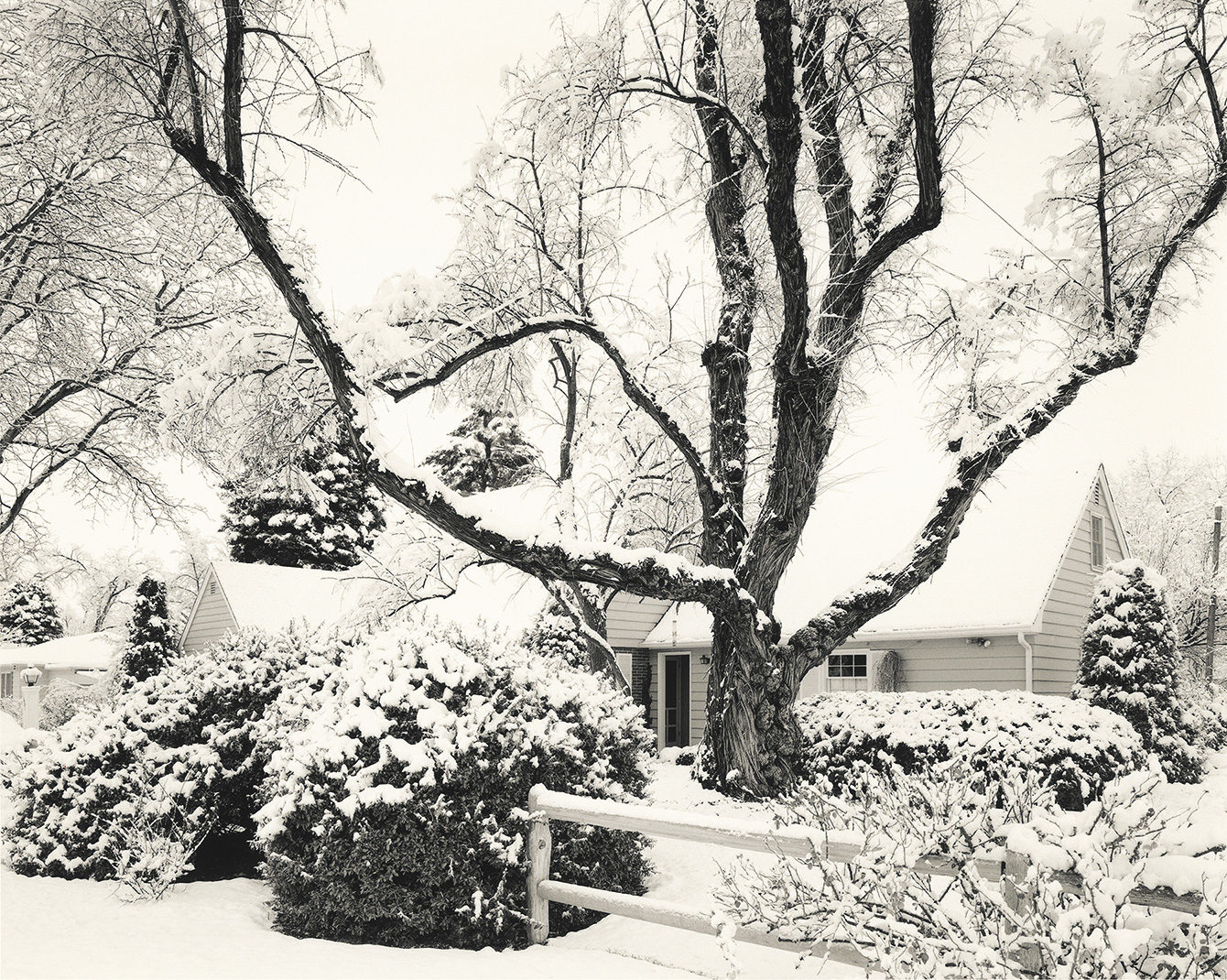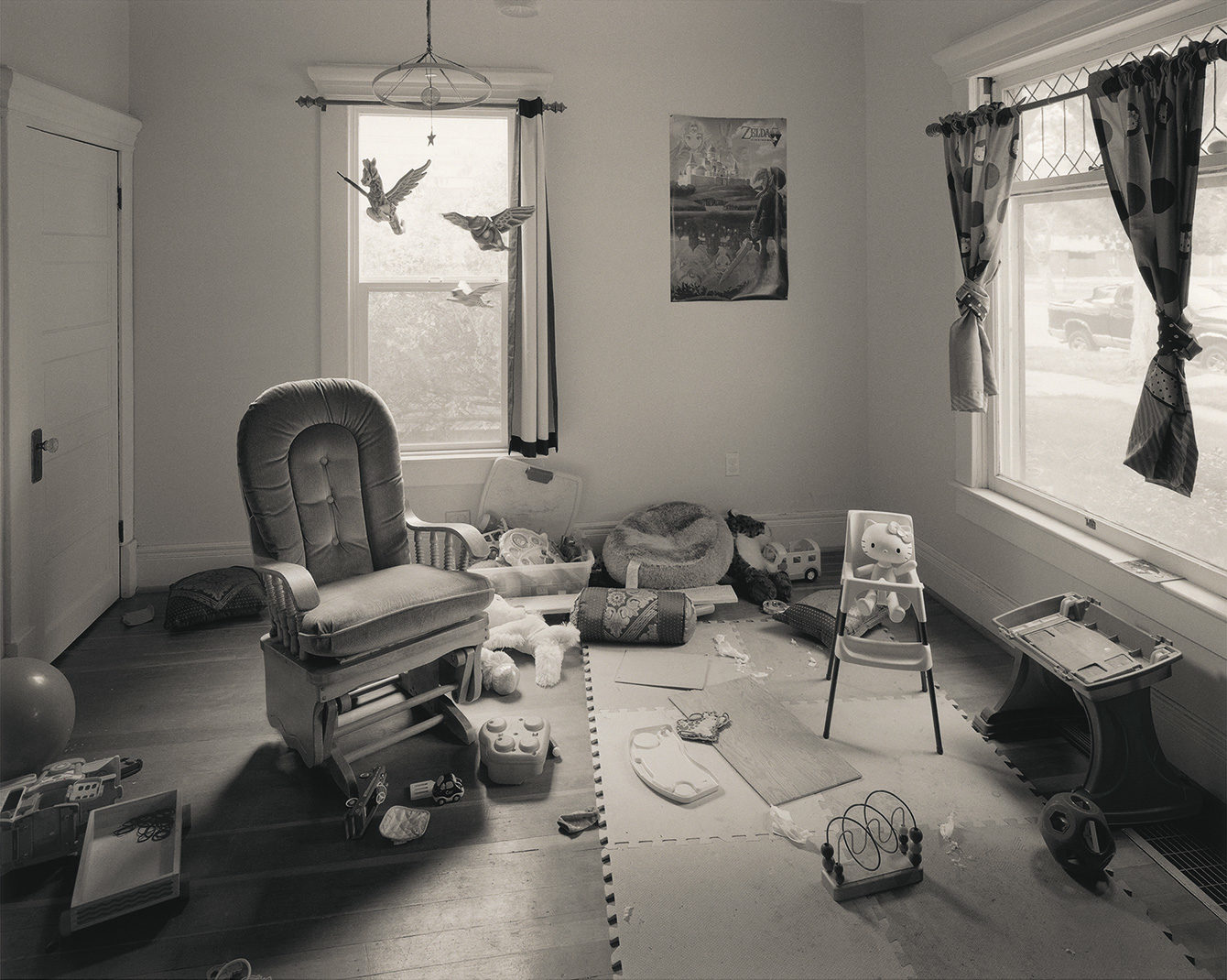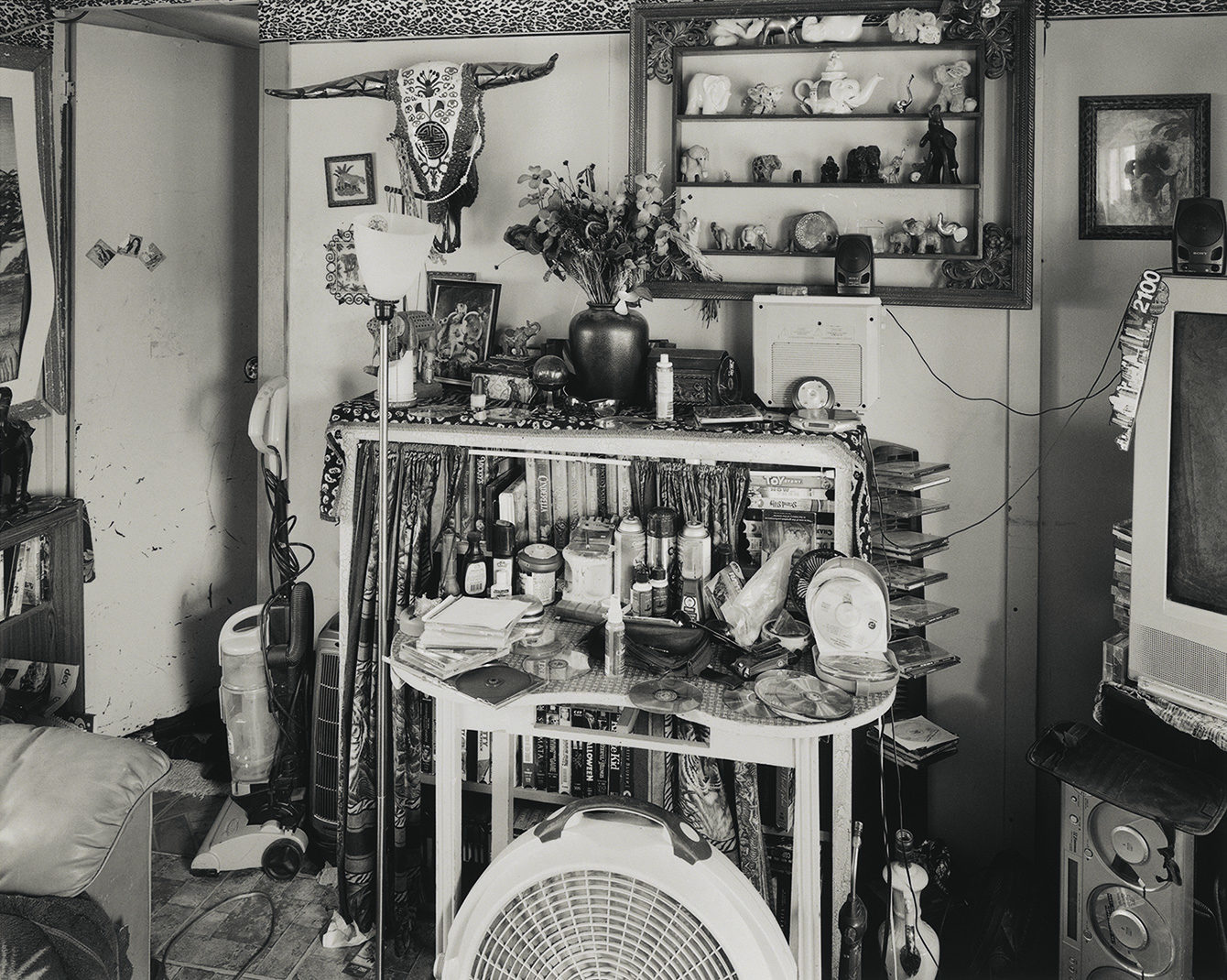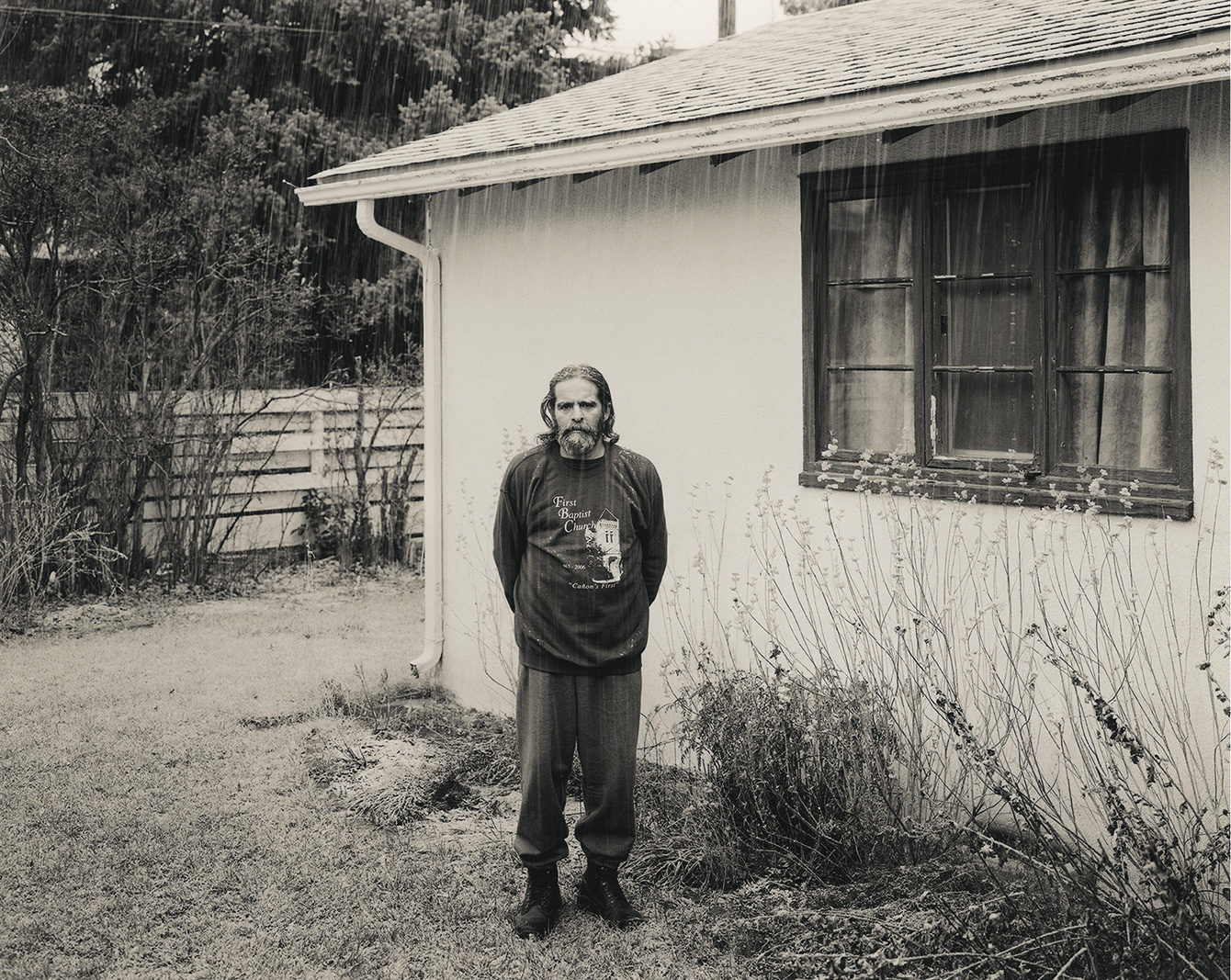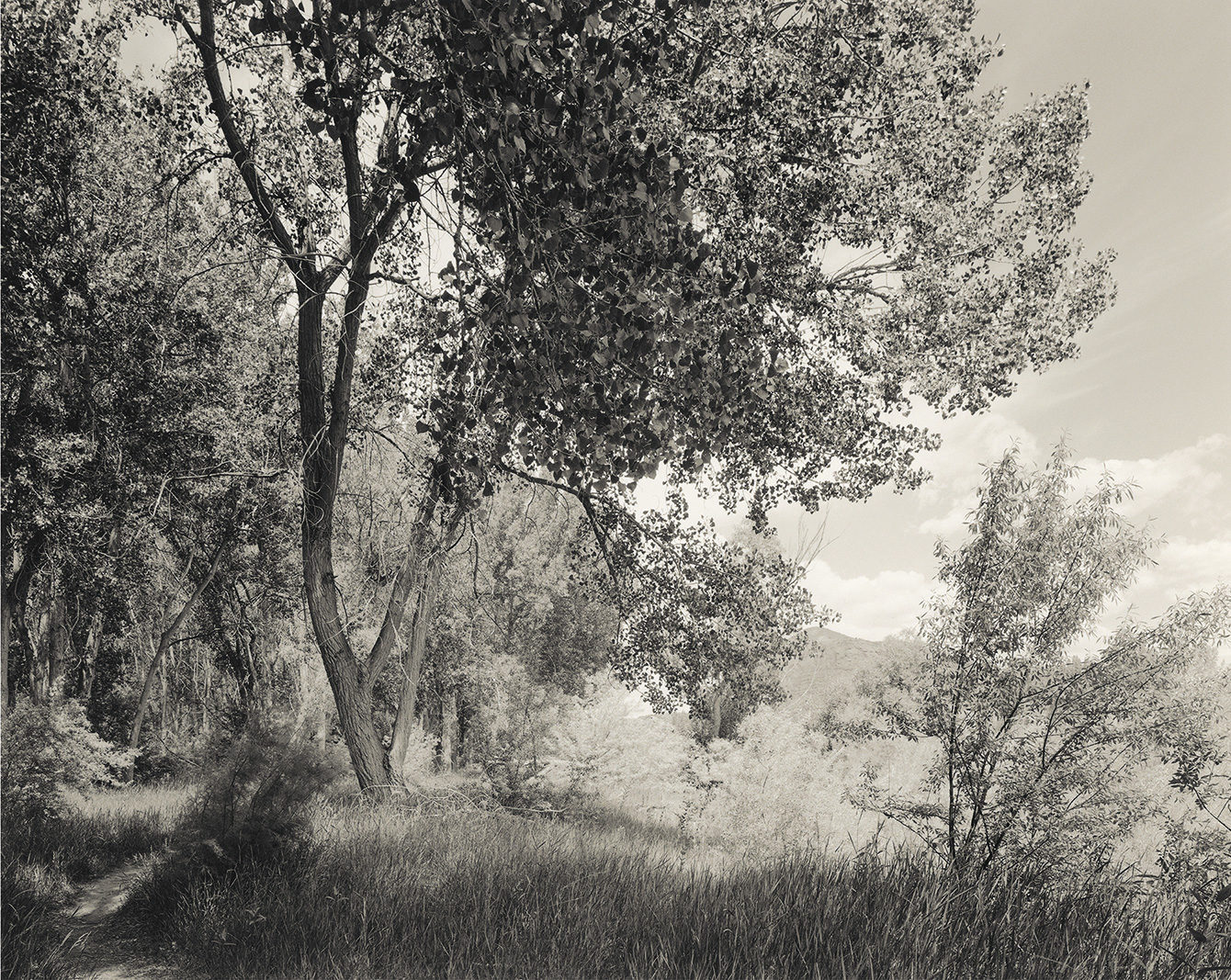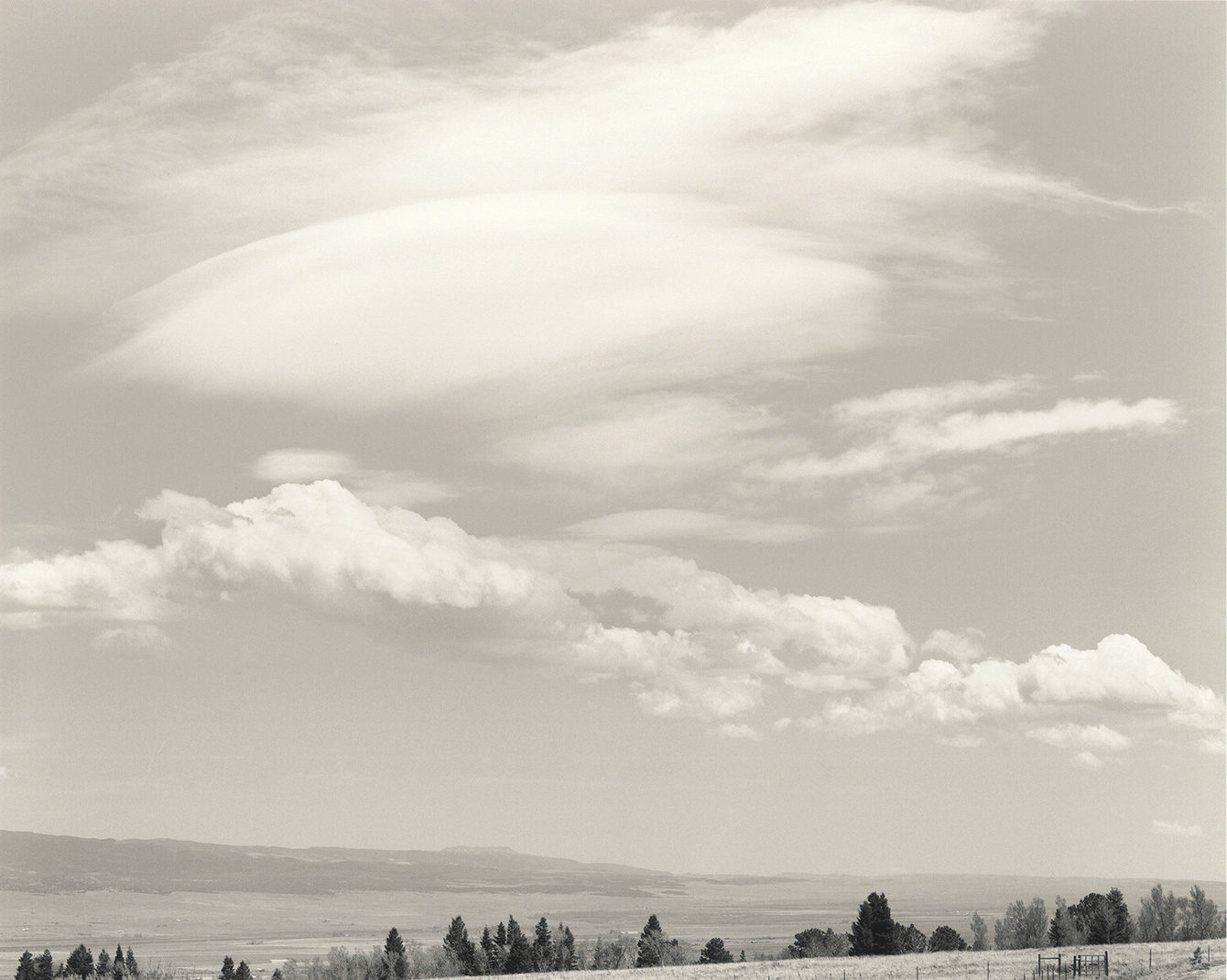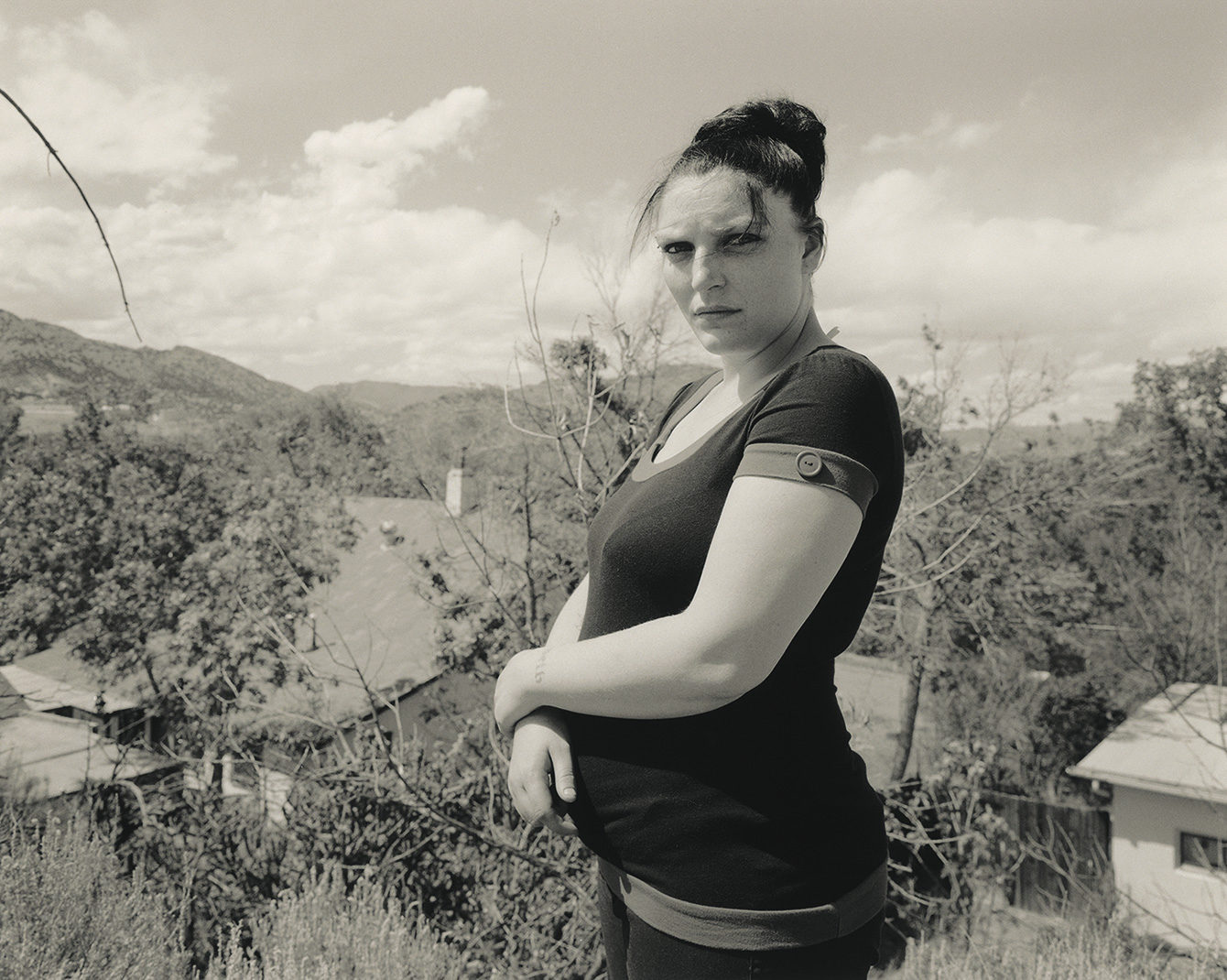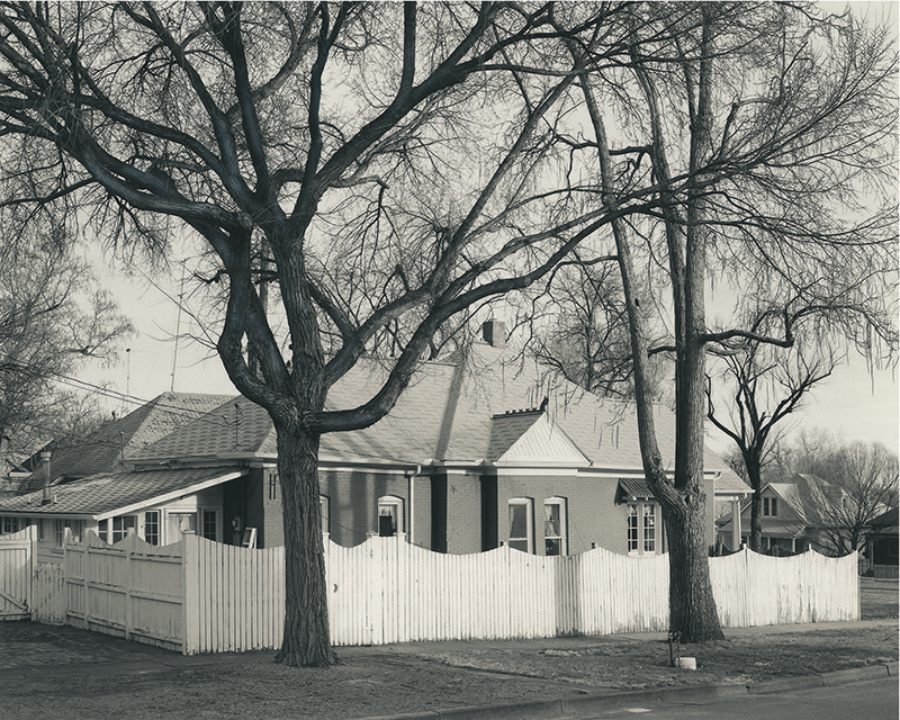
Photographs © The artist
Town of C
Richard Rothman has gone looking for that obvious yet elusive thing: the American character. Like generations of photographers before him, Rothman is interested in how that character has been shaped both by the desire for freedom, epitomized by the expansiveness of the West, and by the harsh realities of the region’s terrain, made harsher by extractive capitalism. As early as 1870, Carleton Watkins photographed the scars left over from clear-cutting and mining in the sublime mountains of northern California—a contradiction sanctioned by the idea of manifest destiny. When Walker Evans made his inventory of American places, the Great Depression had already frayed the nation’s social fabric; the country was pockmarked with junkyards and decaying hamlets. Twenty years later, Dorothea Lange captured the disappearance of an idyllic California farm community caused by the Monticello Dam, which had been built to relieve the persistent droughts plaguing parts of the Napa Valley. In the Seventies, Robert Adams, Joe Deal, and Stephen Shore, among others, documented the changing topography of the West as the postwar boom sparked development in the region.
Rothman’s new book of photographs, Town of C, from which this portfolio is drawn, begins where those surveys ended. Instead of ranging widely across the region, Rothman spent more than a decade photographing a single town in Colorado’s Front Range, where the prairie ends and the Rocky Mountains begin their ascent. In a departure from standard documentary practice, he identifies the town only by its initial, suggesting its archetypal character. Through portraits and landscapes, Rothman presents the paradox of expansiveness and confinement, of possibility and crushing limitation. Squat yet substantial frame houses, with interiors so quiet and neat you could hear a pin drop, give way to more meager homes, where a chaotic accumulation of stuff threatens to crowd out the occupants. Nearly a third of Rothman’s book is composed of sensitive portraits of these residents, whose attitudes range from placid to defiant. What the town’s inhabitants may feel about the land around them is hard to discern, caught up as they are not with natural grandeur but with getting by.
In the early Aughts, when digital cameras and cell phones were transforming photographic practice, Rothman decided to devote himself exclusively to a four-by-five-inch film camera. The format slowed down the process of taking a photograph; it made Rothman supremely attentive to shifting light and transitory moods. His images are luminous yet curiously muted, a far cry from the stark contrasts of light and shadow in Robert Adams’s Colorado. The majestic mountains celebrated by another predecessor, Ansel Adams, often lie far in the distance. In Rothman’s photographs, all the action is up above in the clouds, which could have been painted by Constable or Turner. Finding themselves under these skies, people might wonder why they are there, and how to remain and endure—questions for an age of diminished expectations. The only answer Rothman offers, in the book’s final image, is a distant glimpse of either transcendence or its impossibility: a view of the night sky filled with stars.
